An Evergreen Winter
In our northern climate, evergreens play such an important role in our home landscapes. As the leaves turn yellow and orange and drop from our deciduous trees, integrating evergreens into our yards help keep the winter from turning quite as bleak.
If you don’t have an array of evergreens to round out your plantings and add cheer to your winter months, you may have to wait six months before seeing an emerging leaf. In addition to adding color, evergreens provide excellent privacy, screen out unwanted views, add structure to your landscape, and add shelter for birds.
There are basically two types of evergreens – conifers and broadleafs. Most people picture conifers when imagining an evergreen.
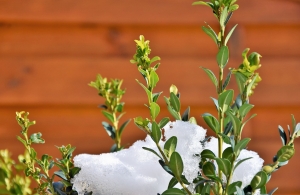 Broadleaf Evergreens
Broadleaf Evergreens
- Andromeda
- Boxwood
- Rhododendron
- Holly
- Inkberry
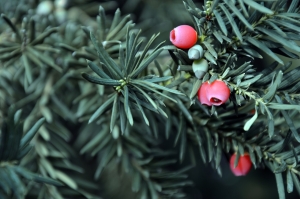 Conifer Evergreen Shrubs
Conifer Evergreen Shrubs
- Juniper
- Cypress
- Yew
- Arborvitae
 Conifer Evergreen Trees
Conifer Evergreen Trees
- Cedar
- Hemlock
- Pine
- Spruce
The best gardens use an imaginative mix of tree and shrub species, and evergreens have a place in that mix. The best time to plant evergreens is in the fall. The threat of drought or getting scorched by the sun is past and the cooler temperature helps encourage new root growth.
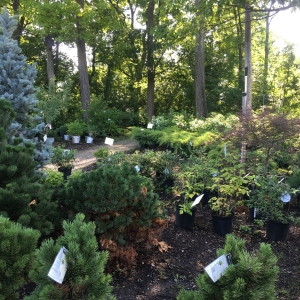 Don’t accept the monotony of a typical winter landscape. Augustine Nursery carries an impressive array of evergreens in all shapes and sizes for homeowners and landscapers. Ask us how you can best add evergreens to your yard. We can even plant them for you. No winter landscape is complete without that touch of snow on green.
Don’t accept the monotony of a typical winter landscape. Augustine Nursery carries an impressive array of evergreens in all shapes and sizes for homeowners and landscapers. Ask us how you can best add evergreens to your yard. We can even plant them for you. No winter landscape is complete without that touch of snow on green.
And don’t forget to consider how paths, walls, and even weather-proof garden art such as obelisks and potter further add to the beauty and walkability of your yard. Without all the color of spring and summer, these elements become more important than ever.

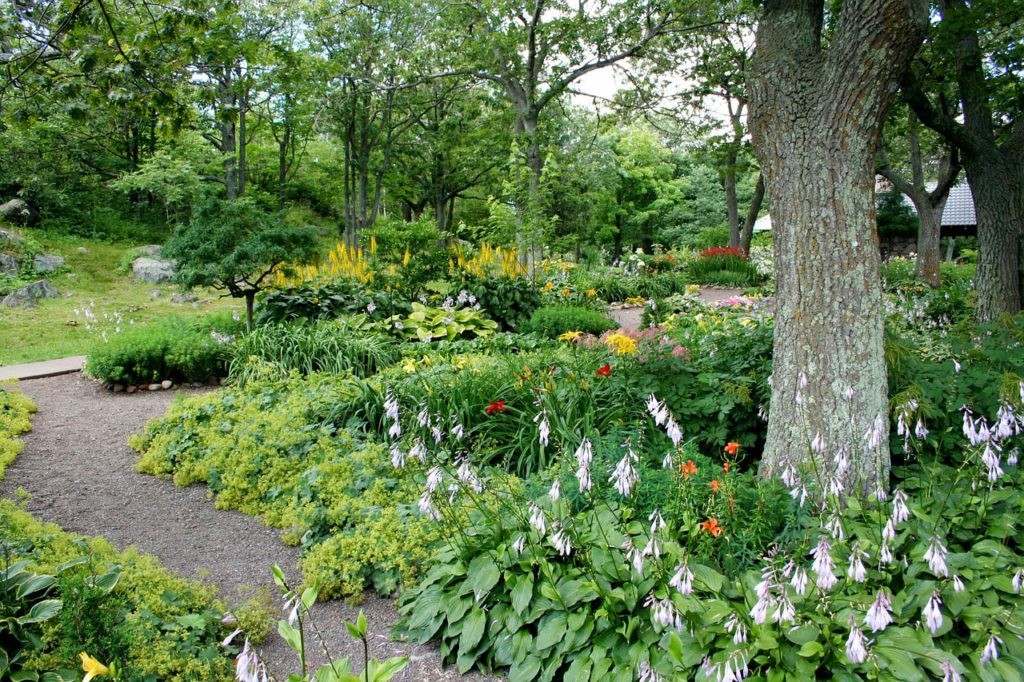
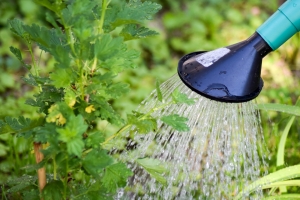 Watering the shrubs, trees, and plants in your yard is a judgement call that depends on your yard’s soil, the weather, and the drainage on your property. Getting watering right also depends on observation and experience. So when watering, it’s important to take mental notes.
Watering the shrubs, trees, and plants in your yard is a judgement call that depends on your yard’s soil, the weather, and the drainage on your property. Getting watering right also depends on observation and experience. So when watering, it’s important to take mental notes.



